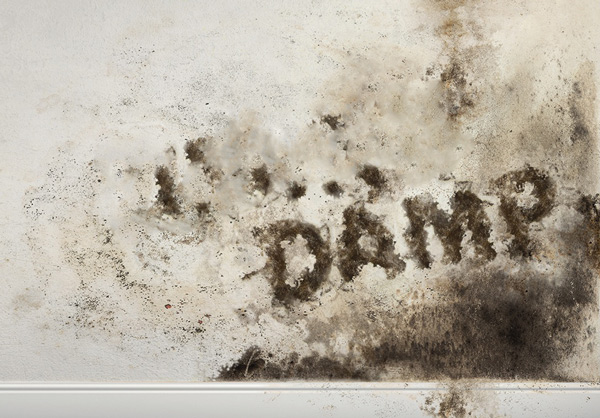
Some signs can be pretty obvious when searching for damp. Whether or not its peeling wallpaper, a typical damp smell or visible mould on the walls. Nevertheless, it’s the harder to spot signs that usually catch people out and can be a costly affair if not spotted early on. When viewing a property it can be easy to overlook damp especially in the excitement of potentially discovering your next home or buy to let. Hopefully, this article will cover what to look out for when looking for damp and could save you a pretty penny in the future.
There are 3 main types of damp that could infest your home or a potential home to be. Identifying the specific type of damp is important as they all require different forms of treatment and the costs can vary substantially!

This is the most common form of damp and is more of a problem in older homes as newer homes are designed to allow moisture to escape. It’s a result of moist air condensing on walls and mainly occurs in winter as at this time the walls are much colder than the air inside. Poor ventilation, particularly in bathrooms and kitchens, and heating that goes on and off can exacerbate condensation as it condenses warm, damp air. Condensation can be spotted relatively easily by looking out for patches of dark mould on glass or around windows, damaged plaster, decaying window frames, wet patches on walls and water droplets on windows.
Rising damp is caused b groundwater moving up and through a wall or floor. Water is stopped by a damp-proof course built into the wall above the ground level. However, houses of a certain age may not have been probably equipped with damp-proof course or could have degraded over time and stopped working. Damaged skirting boards or plasterwork, peeling paint and wallpaper, or a white tide mark running along the wall can signify rising damp.
This is a result of structural problems leading to water leaking through walls or roofs. The damp expands horizontally along walls or ceilings and is more likely to occur in older houses with solid walls, as cavity walls in newer homes stop water soaking through. Penetrating damp can be spotted by damp patches and watermarks on walls and ceilings and these patches may darken or drip when it rains.
When you first enter a property make sure to keep damp in mind. Inside check the walls by feeling them and looking for patches, flaky paint, exposed wall or peeling wallpaper. this could indicate a problem with penetrating or rising damp or damp due to condensation. Rising damp will usually occur below a meter and a half above ground level on the inside surface of external walls; damp above this suggests penetration damp from leaks or inadequately maintained gutters; condensation damp will be present in bathrooms and kitchens and may indicate poor ventilation and heating.
If you’re considering a new property then you’ll want to get a property survey done to help understand and diagnose any potential issues including damp. By having the property inspected by a highly trained surveyor before you commit to buy, you could save thousands of pounds in future repairs and the associated hassle and stress. Our Survey Team are members of the Royal Institution of Chartered Surveyors (RICS) – ensuring every inspection is completed to the highest possible standards. For more information click here or get in touch with the team on 0161 443 4580.